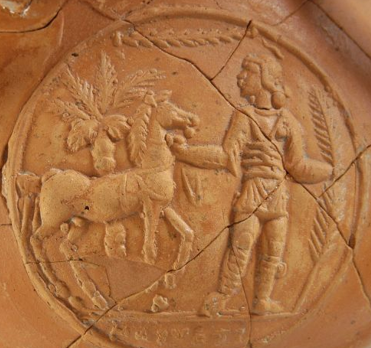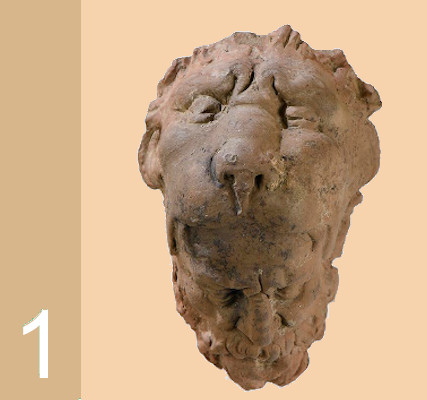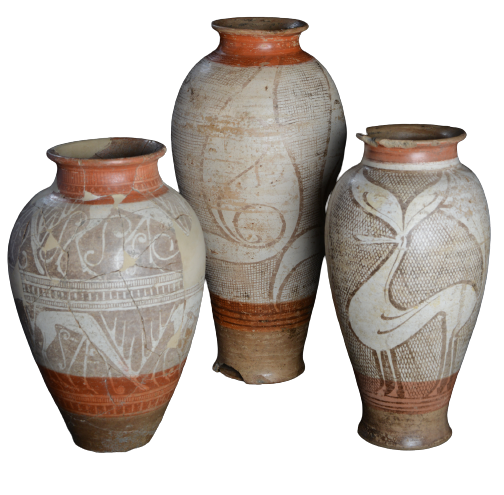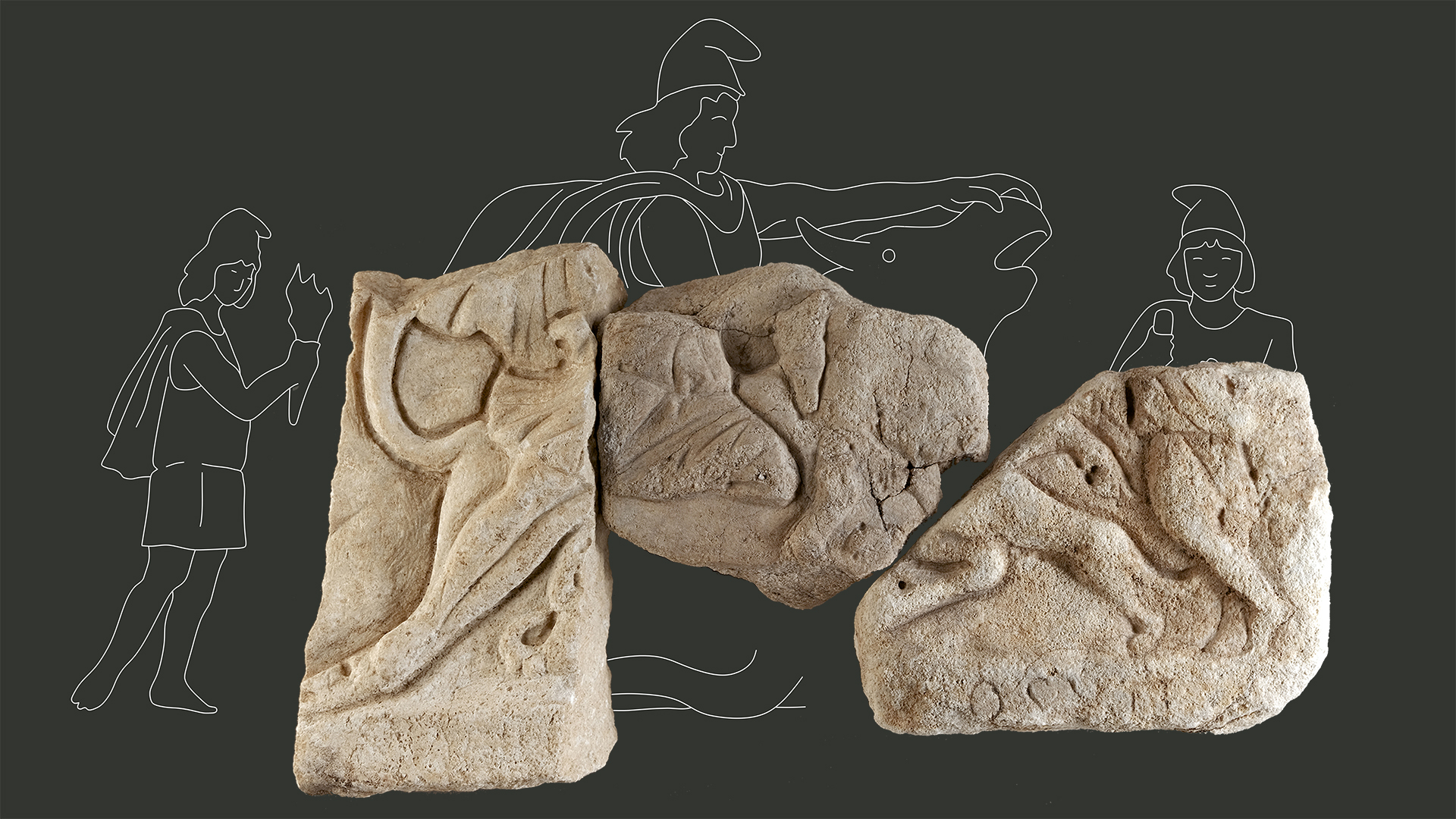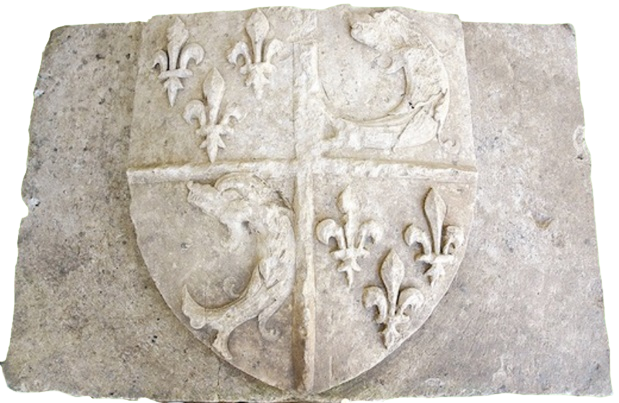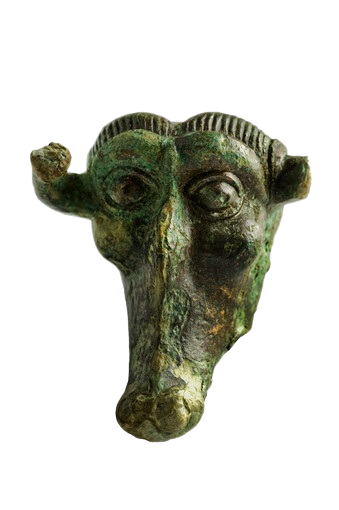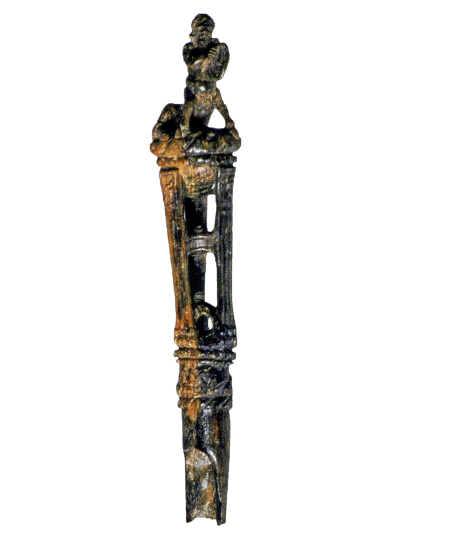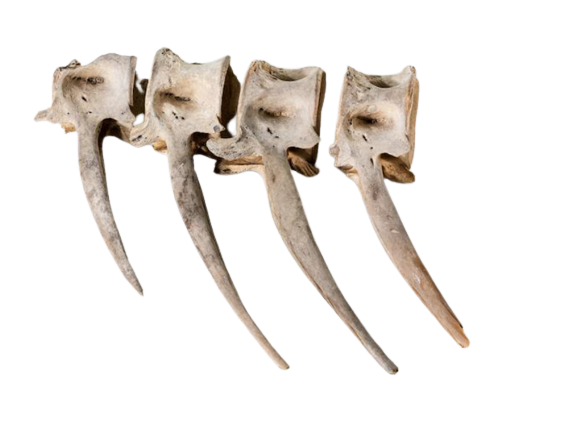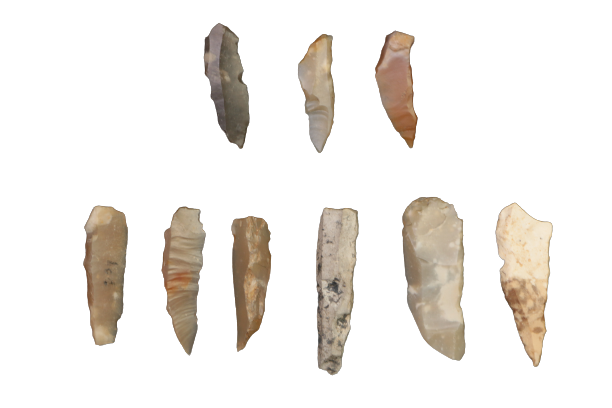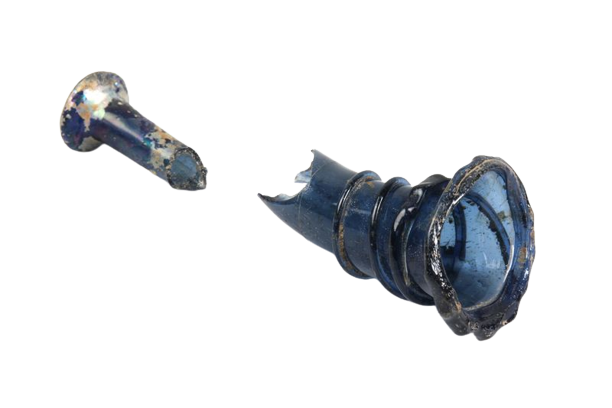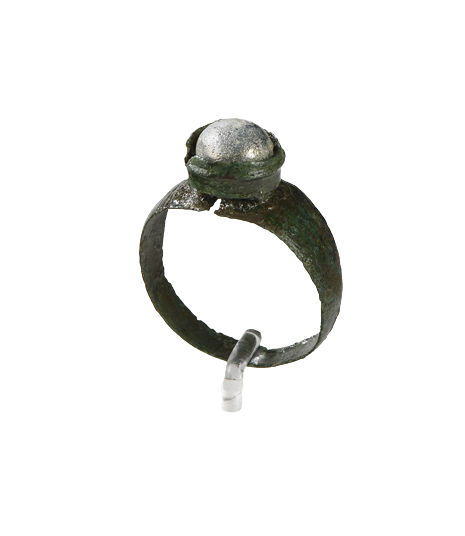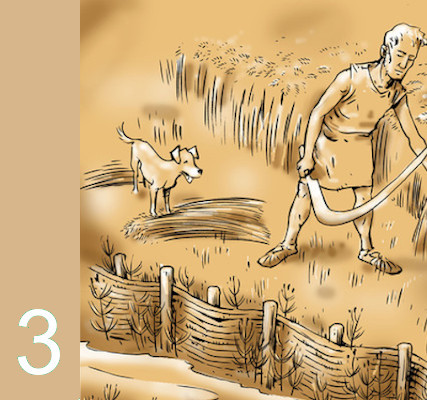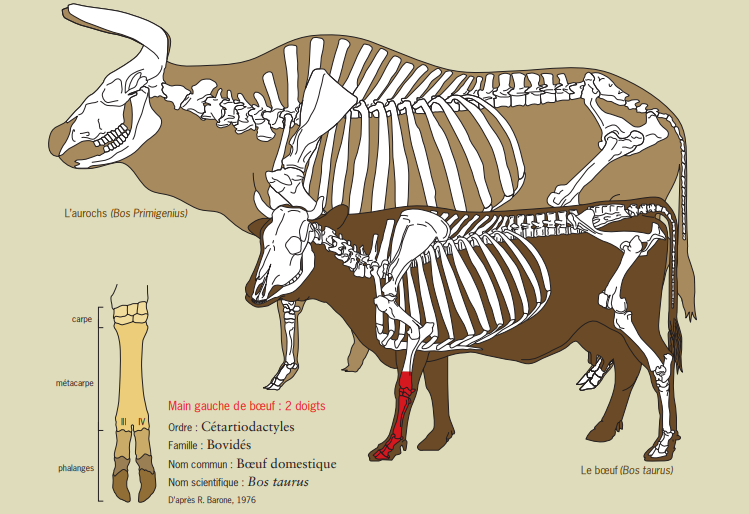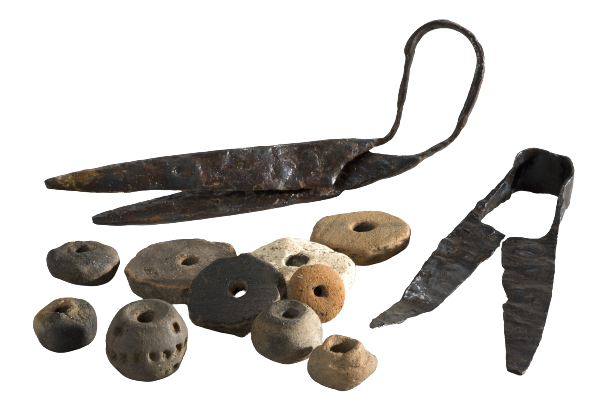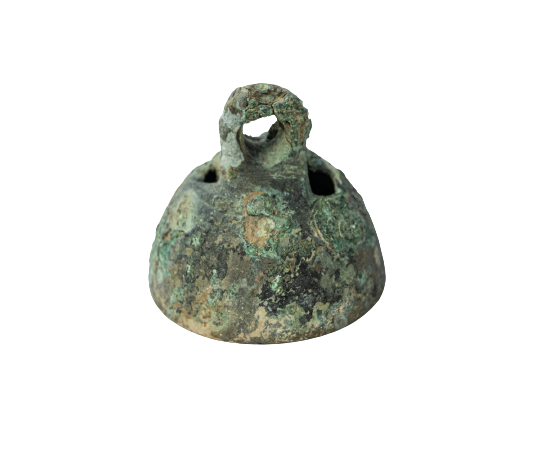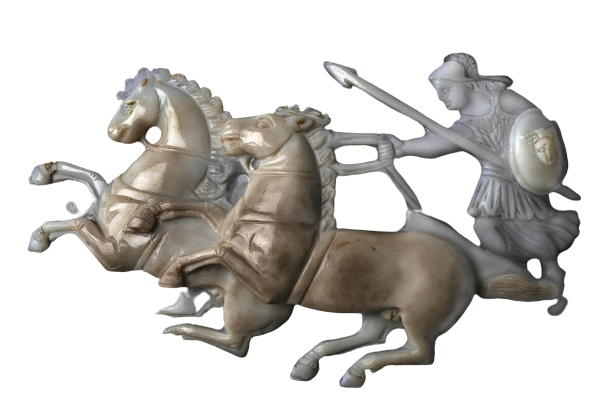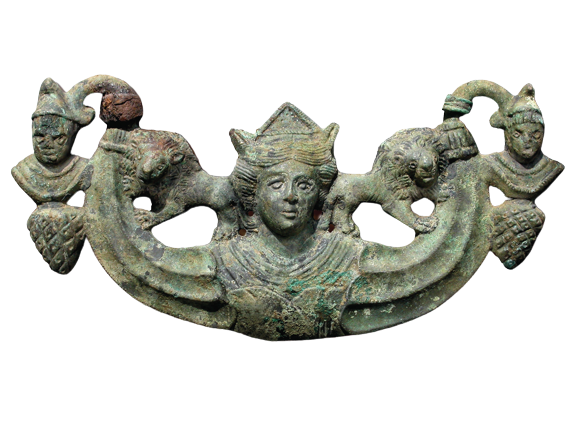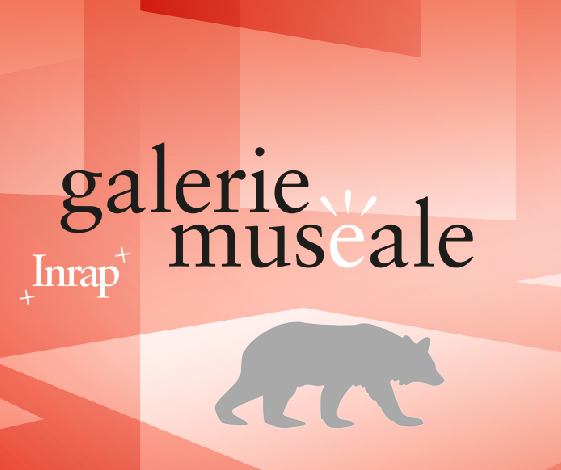The animal: an infinite resource!
L
The first testimonies of human activity attest that man hunts and fishes for food: his survival depends on the animal. But it is not only a source of food: the animal is exploited... to the bone! Skeleton, horns, wood, teeth, skin... everything is good in the animal to provide what to clothe, shelter, equip, arm or tool itself. The materials sometimes soft or hard, tight and thick, beautiful and tender from the living provide a wide variety of raw materials to artisans.the bone, is used for combs or pins. The representation of the animal is ubiquitous in the ornaments and decorations of everyday objects.
Illustration (left) : Désarticulation d'une patte de cervidé à l'aide d'un outil en silex.
© (left)Pascale Galibert, Inrap
Illustration (right) : Epingle. Le Mans [72] - Musée Jean-Claude Boulard - Carré Plantagenêt.
© (right) Musée Jean-Claude Boulard - Carré Plantagenêt
